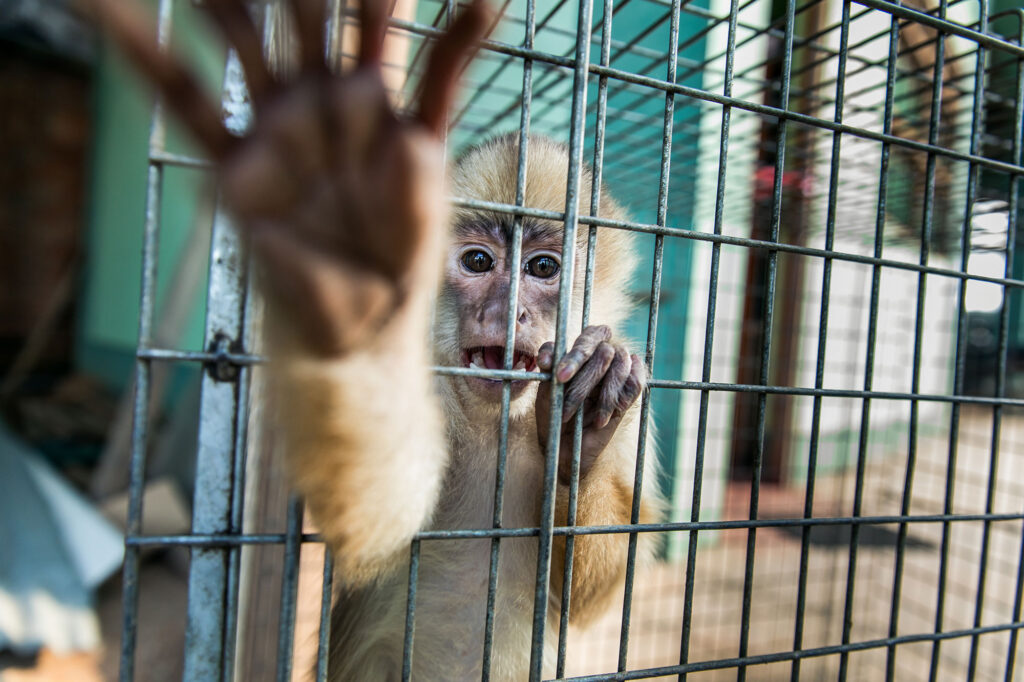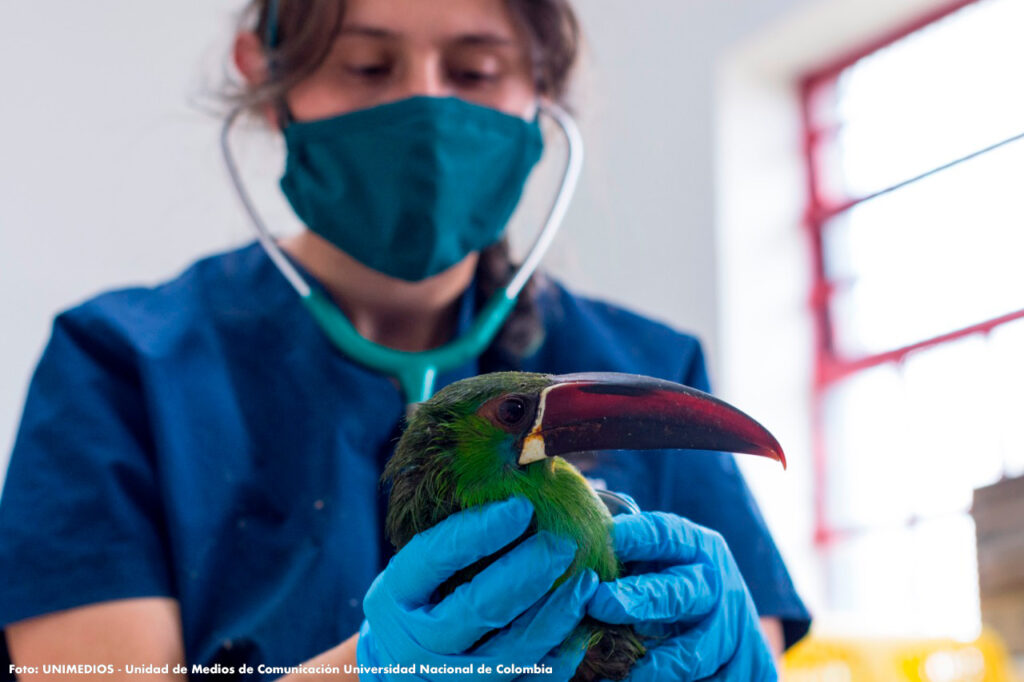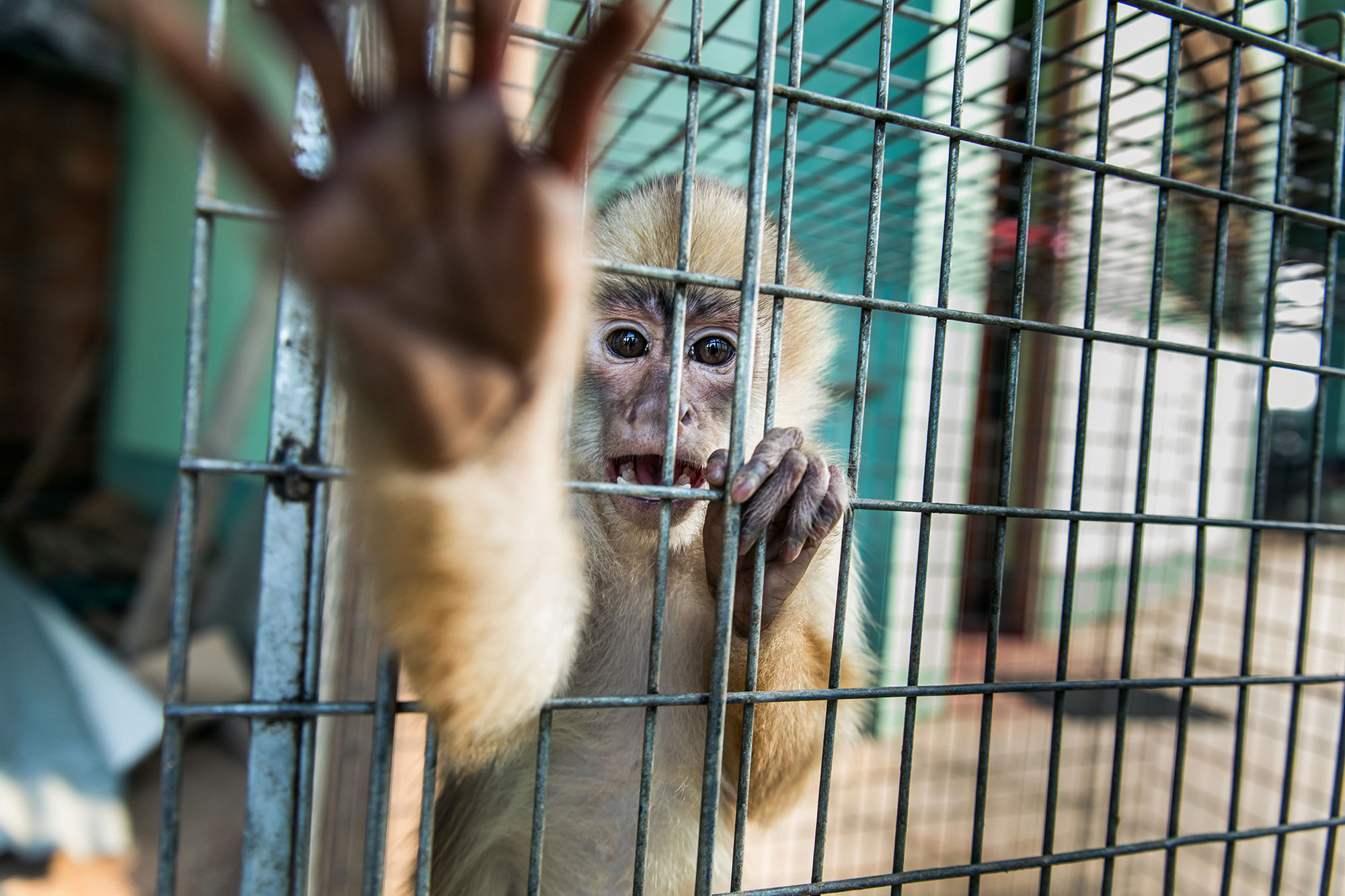RESUME
This project arises as a strategic and urgent response to the growing problem of illegal biodiversity trafficking that extends across 40,000 hectares of the Sierra Nevada de Santa Marta, a critical region for environmental conservation in Colombia. The Narakajmanta indigenous community, which inhabits this area, is in a situation of particularly acute vulnerability due to the exploitation of its biodiversity and the socioeconomic dynamics that encourage its participation in illicit activities.
In the last three years, coinciding with the post-pandemic period of COVID-19, an alarming increase of 45% in illegal trafficking of species has been observed in this region. A worrying factor is the high incidence of child and youth participation in these activities, with an estimated 80% of those involved being indigenous Narakajmanta children and young people between 8 and 35 years old. This participation not only exposes minors to legal and security risks but also perpetuates a cycle of poverty and educational exclusion.
More specifically, more than 800 girls and women from this community are directly involved in the trafficking chain, which includes the capture, trapping, transportation and sale of more than 1,200 specimens of endangered endemic species, such as reptiles, amphibians and mammals. These activities not only threaten the survival of critical species but also compromise the ecological integrity and biodiversity of the region.
A particularly serious aspect of this trafficking is the use of minors in tasks that should be exclusive to adults, facilitated by criminal structures that take advantage of the community’s economic and social vulnerability. In addition, a 60% increase in cases of sexual exploitation associated with these illicit practices has been identified, disproportionately affecting girls and young women. This phenomenon not only constitutes a serious violation of human rights but also perpetuates cycles of violence and abuse within the community.
From a conservation perspective, the situation is equally critical. Over the past three years, a 30% decline in the population of key species has been documented, indicating an acceleration in biodiversity loss that could have irreversible effects. The endemic fauna and flora of the Sierra Nevada de Santa Marta are essential not only for their ecological value but also for their cultural and spiritual importance for the Narakajmanta community.
To address this issue, the project proposes a multidimensional strategy that includes:
1. Training and Education: Awareness and training programs in biodiversity conservation for community members, with a particular focus on young people and women, who are key agents in the change towards sustainable practices.
2. Legal Strengthening and Economic Support: Initiatives to provide sustainable economic alternatives to the capture and sale of species, reducing the community’s dependence on illicit structures.
3. Surveillance and Protection: Implementation of monitoring and surveillance systems that involve the community in the management and protection of its natural environment.
4. Psychosocial and Legal Support: Services aimed at supporting victims of exploitation and abuse, ensuring access to justice and rehabilitation opportunities.
This integrated approach not only seeks to mitigate illegal trafficking of species but also to strengthen community resilience, preserve biodiversity and improve the living conditions of the Narakajmanta indigenous community, ensuring their active participation in the management and conservation of their natural resources. This initiative is crucial for the preservation of the biodiversity of one of the richest and least explored areas on the planet, while protecting and empowering a community that has been historically marginalized.





+ There are no comments
Add yours